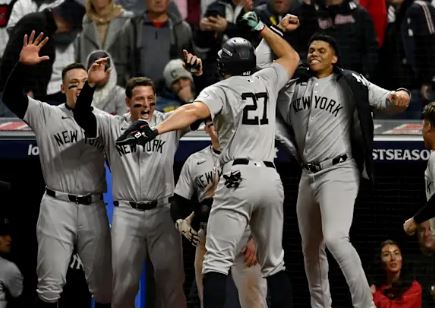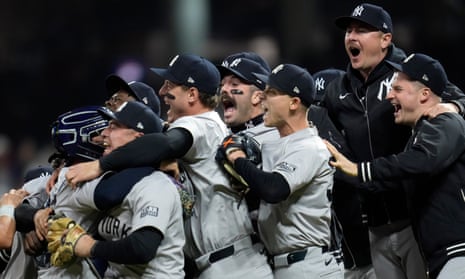
The Yankees will require every possible edge as they take on the Los Angeles Dodgers in the World Series. With one of the most dynamic and powerful offenses in baseball, the Dodgers present a significant challenge, meaning the Yankees will need to score a lot of runs to have a chance at winning.
Pitching: A Key Advantage for the Yankees
The Yankees have a clear advantage in the pitching matchup, as their starting rotation and bullpen are both deeper and more dependable than those of the Dodgers. Unlike the Mets, who faced difficulties against the Dodgers’ offense, the Yankees’ starters are not as vulnerable. One of the Yankees’ key strengths is that the Dodgers’ rotation and bullpen are primarily right-handed.

Yankees’ Success Against Right-Handed Pitching
Throughout the regular season, the Yankees had a tough time against left-handed pitchers, managing only a .235 batting average, which placed them 24th in MLB. In contrast, they fared significantly better against right-handed pitchers, recording a .253 average. This disparity is favorable for the Yankees, given that the Dodgers’ pitching staff relies predominantly on right-handed pitchers.
Dodgers’ Pitching Struggles in the Postseason
The Dodgers have already employed three bullpen games during the postseason, whereas the Yankees have not needed to use this strategy at all. Walker Buehler is anticipated to start Game 1 for the Dodgers, benefiting from nine days of rest. However, the 30-year-old right-hander has struggled in the playoffs, posting a 6.00 ERA over nine innings. His strikeout rate and left-on-base percentage have both decreased, providing the Yankees with a prime opportunity to take advantage of his inconsistencies.
Following Buehler, the Dodgers are likely to rely on right-handers Yoshinobu Yamamoto and Jack Flaherty. Flaherty, 29, who was acquired from the Detroit Tigers at the trade deadline, has recorded a 7.04 ERA across 15.1 postseason innings. His velocity has decreased, resulting in a walk rate of 4.11 batters per nine innings and 1.76 home runs allowed per nine. It’s clear he is facing challenges, and the Yankees could exploit this decline.
Yamamoto, 26, had a strong regular season, pitching 90 innings with a 3.00 ERA. However, he has not performed as well in the postseason, registering a 5.11 ERA over 12.1 innings, with a strikeout rate of only 8.03 per nine innings and a left-on-base rate of 68.2%.
Yankees’ Starting Rotation Advantage
The Yankees seem to hold a distinct advantage in the starting pitching category. Gerrit Cole, Carlos Rodon, and Clarke Schmidt have largely been effective during the postseason. Although there have been some minor setbacks, their velocity is still impressive, and their pitch movement has proven effective. In terms of matchups, the Yankees’ starting rotation outperforms the Dodgers’, and their bullpen has also been exceptional.
Nestor Cortes’ Return and Dodgers’ Success Against Lefties
The Yankees anticipate having Nestor Cortes return to the bullpen for the World Series, which could enhance their depth. However, since the Dodgers have been significantly more effective against left-handed pitchers compared to right-handed ones, Yankees manager Aaron Boone will need to handle the situation with caution to prevent giving the Dodgers any advantages.
Conclusion: Yankees in a Strong Position
As the Yankees get ready for the World Series, their strong pitching depth combined with the Dodgers’ difficulties against right-handed pitching places them in an advantageous position. With Gerrit Cole and Carlos Rodon at the forefront, they have the opportunity to take advantage of the Dodgers’ less effective pitchers, such as Walker Buehler and Jack Flaherty. This sets the Yankees up well for potentially taking control of the series.
Leave a Reply